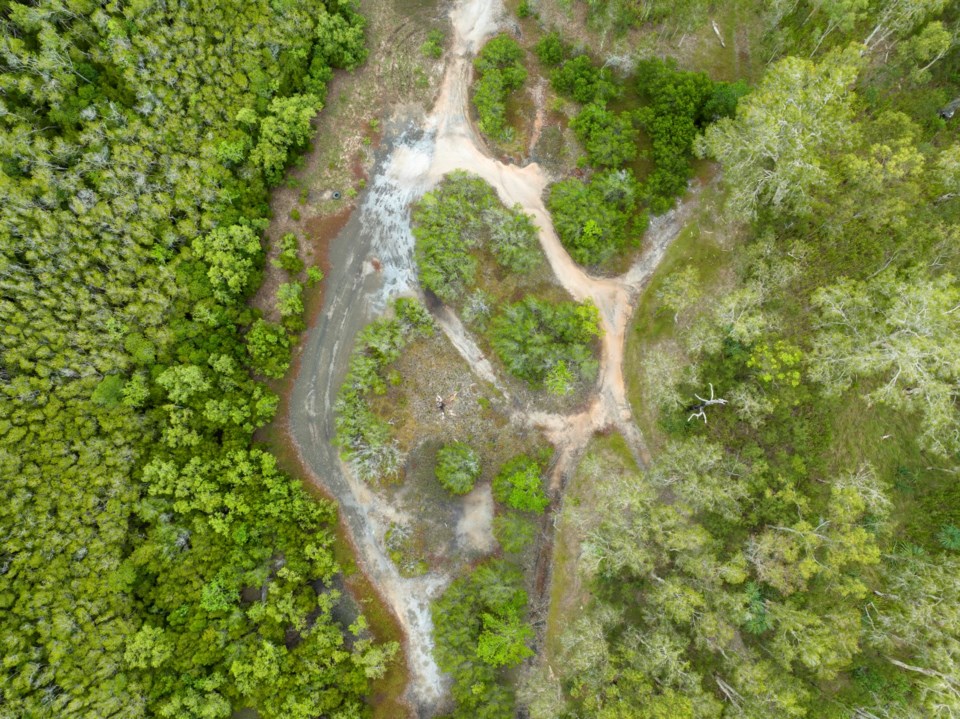Water management is not a new issue in farming country.
Prairie farmers have been focused on either finding enough water or figuring out how to get rid of it ever since they began tilling the soil and running cattle on rangeland more than 100 years ago.
It’s no different this year. Lack of water in most parts of the Prairies has definitely caused a lot of sleepless nights.
But even though dryness and water shortages are nothing new, it’s starting to feel different.
Mountain runoff is coming earlier and while there are normal amounts of rainfall in most years, it often comes in short and violent bursts rather than more steadily throughout the year.
Some farmers have experienced seven or eight consecutive years of drought, and while there is a historical precedent for such prolonged events, one can’t help but wonder if this is a troubling sign of things to come.
It’s not just dryland farmers who feel the pinch. Irrigation farmers in southern Alberta saw their water allocations cut this year due to water shortages, and a rural municipality in the heart of Saskatchewan’s irrigation country declared a drought disaster.
It prompts questions about plans in both Alberta and Saskatchewan to expand irrigation capacity. The critics have a point. After all, if water is short for existing irrigation, why add more acres?
The argument for a moratorium on expanded irrigation is also misguided. The existing system helped produce an economic marvel in southern Alberta, and while the same promise has not been accomplished in central Saskatchewan, the potential remains.
If there is indeed a drier climate ahead, it is reason to dig deep into the innovation toolbox and find ways to improve the management of this precious resource. Such innovation has already produced more efficient irrigation systems that lower evaporation and place water closer to the root zone.
And there are other ways farmers manage allocations to ensure enough water is available for expanded irrigation and society’s thirst. These include night watering, variable rate irrigation and greater use of modern equipment.
Replacing open canals with pipelines is ongoing, though in some cases it is a daunting task. The size of some main canals precludes feasible replacement by a pipeline, but even there, new ways of thinking have arrived.
In some parts of the United States, solar panels are being built atop irrigation canals to produce renewable energy while also reducing evaporation. It’s the classic “kill-two-birds-with-one-stone” scenario that works in some climates, though its feasibility on the Prairies is unknown as yet.
Dryland farmers also have a role in improved water use, by planting drought-tolerant crop varieties, continuing to practice zero-till agriculture and exploring all other options.
Storing water for a not-so-rainy day is another area that needs more attention. Construction of large on-stream reservoirs is likely a thing of the past, but increased off-stream storage has potential.
Instead of draining sloughs and potholes and sending the water downstream, there must be ways to store it on farms to better effect.
The sky is not falling and improved water management remains squarely in reach.
Giving up is not an option.
Karen Briere, Bruce Dyck, Barb Glen, Michael Robin, Robin Booker, Laura Rance and Mike Raine collaborate in the writing of Western Producer editorials.
You can no longer count on social media to deliver important news to you. Keep your news a touch away by bookmarking SASKTODAY.ca's homepage at this link.
Here's why you should bookmark your favourites.
Subscribe to SASKTODAY.ca newsletter to get our daily news to your inbox.




